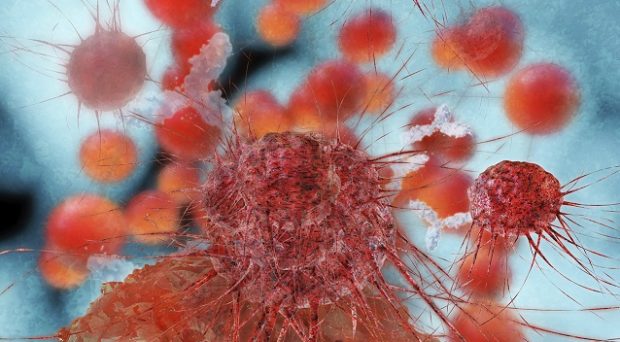
Review articles
One of the highlights in 2017 was a review written by one of our own Consulting Editors, Prof. Steve Povoski: ‘A comprehensive overview on the surgical management of secondary lymphedema of the upper and lower extremities related to prior oncologic therapies’. Oncologic therapies including surgery, chemotherapy or radiation therapy may lead to secondary lymphedema, a major factor in long term morbidity in cancer sufferers. Lymphodema arises from a collection of ‘protein rich extracellular fluid within the interstitial compartment of tissues that arises from an imbalance of lymph production and lymph transport to the systemic circulation’.
Oncologic therapies for Gynaecologic, urologic cancers, melanoma and lymphoma are mostly associated with lymphedema of the lower extremities, those for breast cancer with the upper extremities. This is a side effect which is currently being addressed by both surgical and non-surgical techniques. Further research aims to find solutions for lymphedema which is understood to affect 90 million people worldwide from a variety of causes.
Specific gene involvement in cancers
Testis specific Y-like 5: gene expression, methylation and implications for drug sensitivity in prostate carcinoma was published in February and described Testis specific Y-like 5 (TSPYL5), a putative tumor suppressor gene, belonging to the nucleosome assembly protein family. The gene is located at 8Q22.1 though its exact role in prostate cancer disease is not fully defined. The study investigated gene expression and methylation levels of TSPYL5.
‘Methylation of this gene in tumor tissues correlated inversely with its mRNA and protein expression.’ The authors proposed that this gene could be an indicator of more advanced prostate cancer as its gene product is seen in reduced amounts in tumors with high Gleason Scores.
Immunotherapy

To be able to use the immune system for treatment and cure of disease is a dream of many physicians. In December, the authors of Expitope 2.0: a tool to assess immunotherapeutic antigens for their potential cross-reactivity against naturally expressed proteins in human tissues published a new and improved version of their tool, which aims to help immunotherapy develop. This web tool provides prediction of cross reactivity of T cell epitopes, ‘based on experimental protein abundance and expression data obtained from a growing number of publicly available databases.’ See Table 1 included here.
The Frishman group shows the variability of cross reactivity to presented peptides appears to depend on different health states. Cross reactivity is approximately 5-fold higher in individuals with cancer than those of good health. The similarity of presented peptides to self –antigens ‘is an obstacle for disease elimination both for the organism itself and for immunotherapy.’
New compounds
The paper by Dyshlovoy et al. illustrates well the diversity of topics covered in BMC Cancer. Urothelial cancers are hard to treat but these authors discovered that ‘The marine triterpene glycoside frondoside A induces p53-independent apoptosis and inhibits autophagy in urothelial carcinoma cells’. The compound frondoside A (FrA), isolated from the sea cucumber Cucumaria frondosa induces apoptosis without the need for active caspases and p53; inhibits pro-survival autophagy; and demonstrates increased activity when used in combination with classical cytotoxic agents.
Biomarker development
The final article included here has been very popular. Having an Altmetric attention score of 425, ‘Calretinin as a blood-based biomarker for mesothelioma’ was published in May 2017. The authors used a case-control design to ask their specific questions regarding the usefulness of calretinin as a biomarker for malignant mesothelioma (MM) which is a deadly cancer caused by exposure to asbestos. They concluded that calretinin has a similar performance in detecting MM (except the sarcomoid subtype) as Mesothelin, the gold standard. They propose that Calretinin be added to a panel of biomarkers with mesothelin for validation of these markers in a prospective cohort study. The hopes would be that a panel of biomarkers would be developed and used in surveillance programmes of workers with former exposure to asbestos.
Call for papers
We are delighted to announce that BMC Cancer and BMC Biotechnology have launched a cross-journal thematic series. The Call for papers introduces Chimeric antigen receptor (CAR) T cell therapies, already important in haematological malignancies and hoped to become standard therapies in the clinic. The series is entitled ’The Advances of CAR Immunotherapy within Oncology Clinics’ and is accepting submissions until the end of June 2018. The three guest editors are: Profs Marko Radic, Djordje Atanackovic and Tim Luetkens.
Comments